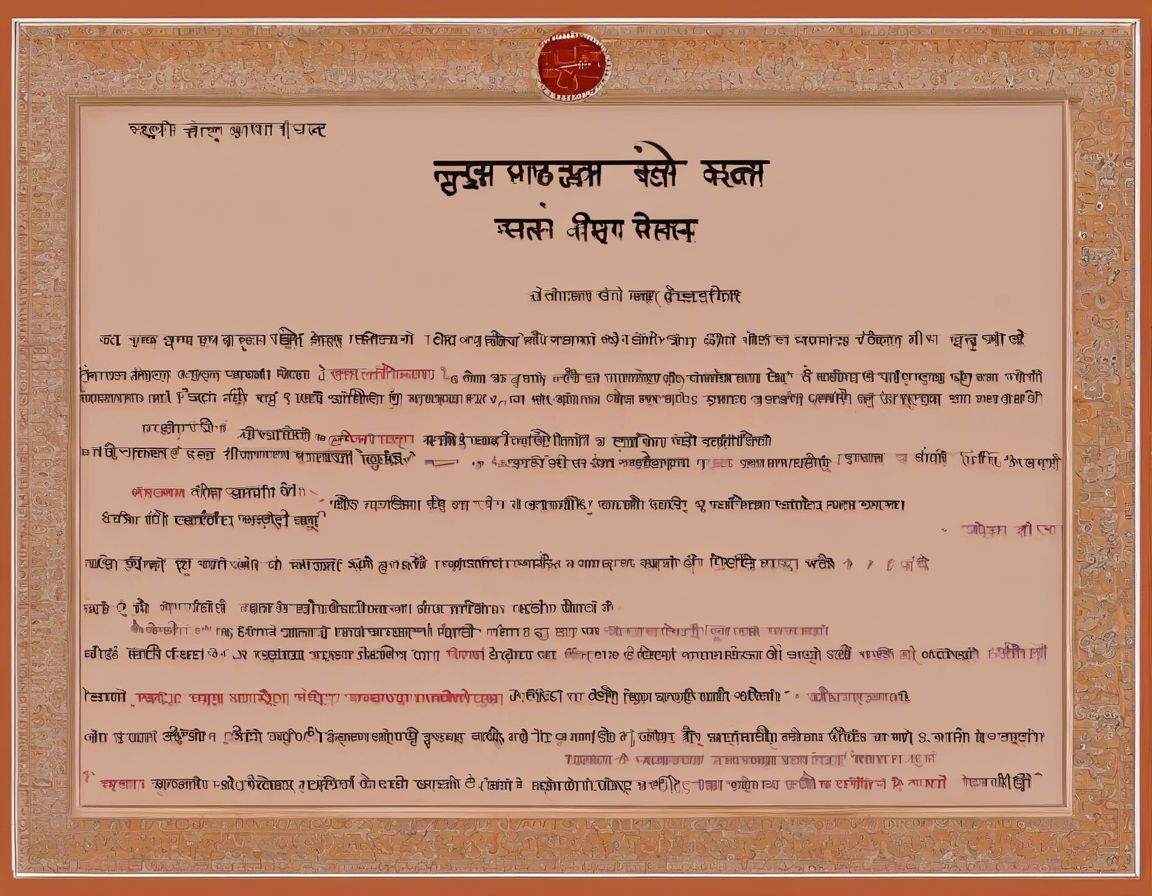Hindi is an ancient language with deep roots in Indian culture and history. Many Hindi words have multiple meanings and connotations depending on their usage and context. One such word is “till,” which can be confusing for both native Hindi speakers and learners of the language. In this blog post, we will delve into the Hindi meaning of “till” and explore its various interpretations in different scenarios.
H2: The Basic Meaning of “Till” in Hindi
In Hindi, the word “till” is commonly translated as “तक” (tak). Its primary meaning is “up to” or “until” in English. It signifies a point in time or a specific limit that acts as a boundary for an action or event. For example, “I will wait till 5 o’clock” translates to “मैं पांच बजे तक प्रतीक्षा करूंगा/करूंगी” in Hindi.
H2: Variations in Usage
While the basic meaning of “till” in Hindi remains consistent, its usage can vary based on the context. Let’s explore some common variations:
H3: 1. Transitional Usage
“Till” in Hindi can also convey a transitional meaning. For instance, “She worked till he arrived” can be translated as “उसने काम किया/कियी, जब तक वह नहीं आया/नहीं आई” in Hindi. Here, the word “till” denotes an action taking place until a certain event occurs.
H3: 2. Inclusive Usage
In some instances, “till” can be inclusive rather than exclusive. For example, “The shop is open till 7 p.m.” can be translated as “दुकान साढ़े सात बजे तक खुली रहती है” in Hindi. In this context, the shop remains open up to and including 7 p.m.
H2: Expressions with “Till”
“Till” is also commonly used in various expressions and idiomatic phrases in Hindi. Some examples include:
- तब तक (tab tak) – Until then
- जब तक (jab tak) – As long as
- कृपया मेरे पस जाइए (kripya mere pas jaiye), तीन बजे तक (teen baje tak) – Please come to me, until 3 p.m.
H2: Common Confusions with “Till”
Despite its seemingly straightforward translation, the word “till” in Hindi can lead to confusion due to its nuanced usage. Here are some common instances:
H3: 1. “Till” vs. “Yet”
In English, “till” is often used interchangeably with “yet,” leading to confusion in Hindi translations. While “till” signifies a limit or boundary, “yet” implies something that is expected or still to happen. Differentiating between these two is crucial for accurate translations.
H3: 2. “Till” vs. “Unless”
“Till” and “unless” have distinct meanings in both languages. “Till” in Hindi denotes a specific time limit, whereas “unless” implies a condition that must be met for an action to take place. Understanding this difference is essential for precise communication.
H2: Tips for Using “Till” Effectively in Hindi
To use “till” in Hindi accurately and effectively, consider the following tips:
- Understand the context: Analyze the situation to determine whether “till” signifies a time limit, transition, or inclusion.
- Practice idiomatic phrases: Familiarize yourself with common expressions containing “till” to enhance fluency.
- Differentiate from similar words: Differentiate between “till,” “yet,” and “unless” to convey the intended meaning clearly.
H2: Frequently Asked Questions (FAQs)
FAQ 1: How do I say “till tomorrow” in Hindi?
In Hindi, “till tomorrow” can be translated as “कल तक (kal tak).”
FAQ 2: What is the difference between “till” and “until” in Hindi?
In Hindi, “till” and “until” can both be translated as “तक (tak)” and are generally used interchangeably.
FAQ 3: How do I use “till” in a sentence with a future event in Hindi?
To indicate a future event with “till” in Hindi, use the construction “समय/तरीक़ के बारे में + तक (samay/tareek ke baare mein + tak).”
FAQ 4: Can “till” also mean “unless” in Hindi?
No, in Hindi, “till” typically denotes a limit or boundary and is not used to convey the meaning of “unless.”
FAQ 5: Is the word “till” commonly used in everyday Hindi conversations?
Yes, “till” is a commonly used word in Hindi conversations to denote limits, timeframes, and transitions.
In conclusion, understanding the Hindi meaning of “till” requires consideration of its various nuances and usages. By grasping its primary definition, variations, expressions, and common confusions, you can effectively incorporate “till” into your Hindi conversations with clarity and precision. Practice, context awareness, and differentiation from similar terms are key to mastering the use of “till” in Hindi communication.
